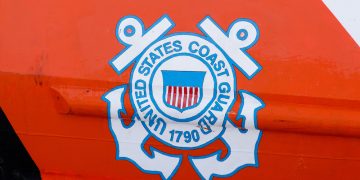Bad ship design can make life onboard difficult and uncomfortable, cause accidents and even kill. Naval architects have a huge responsibility, but few of them have direct experience of how their designs affect those who use them. Improving Ship Operational Design, published by The Nautical Institute, hopes to make maritime operations safer and more effective by giving ship designers an insight into how those onboard work and live.
The book was launched at the Royal Institution of Naval Architects’ (RINA) conference, where naval architects and others involved in ship design discussed the issue of human factors in Ship Design & Operation. RINA’s Chief Executive Trevor Blakeley commented:
“This conference at RINA HQ is an appropriate place and occasion to launch this important publication. Successful ship design must be a team effort, in which engineers and operators together share their expertise and experience. Improving Ship Operational Design will make an invaluable contribution to achieving safer and more effective ships.”
Much of Improving Ship Operational Design is the result of the EU research programme CyClaDes, which looked at the design and operation of ships and ship systems. One of the findings of the project was that many designers do not have practical seafaring experience or direct access to seafarers.
Naval architect Apsara Abeysiriwardhane said the book is a “great initiative” to fill the gap in practical experience and provides “excellent guidance.” Apsara says that readers will gain “a strong practical insight on ships’ operational aspects and end user requirements.”
In the foreword, Nina Kähler Dipl Ing, coordinator of the CyClaDes Project, says: “Statistics show that the human factor is a critical element in up to 80% of ship accidents. This new publication focuses on the integration of the human element into the design process.”
Further details may be found at http://www.nautinst.org/pubs


































































